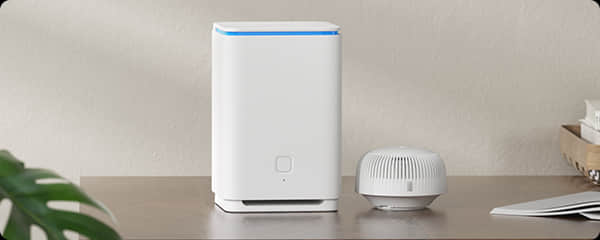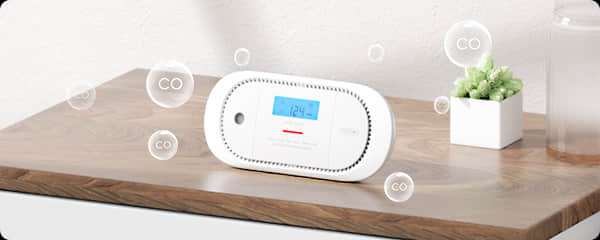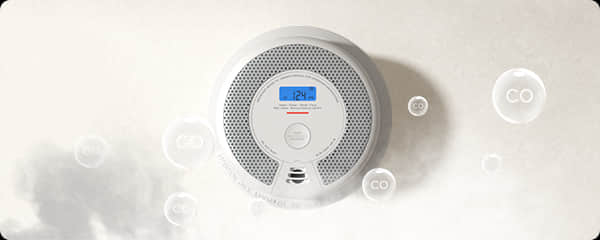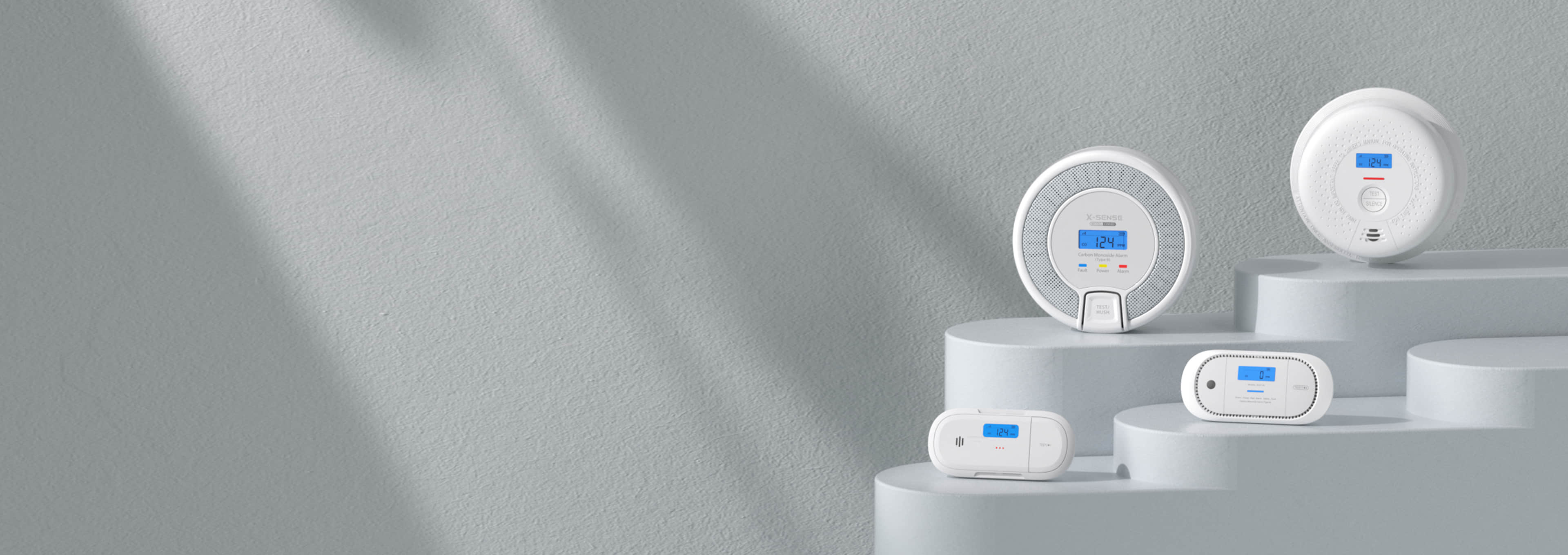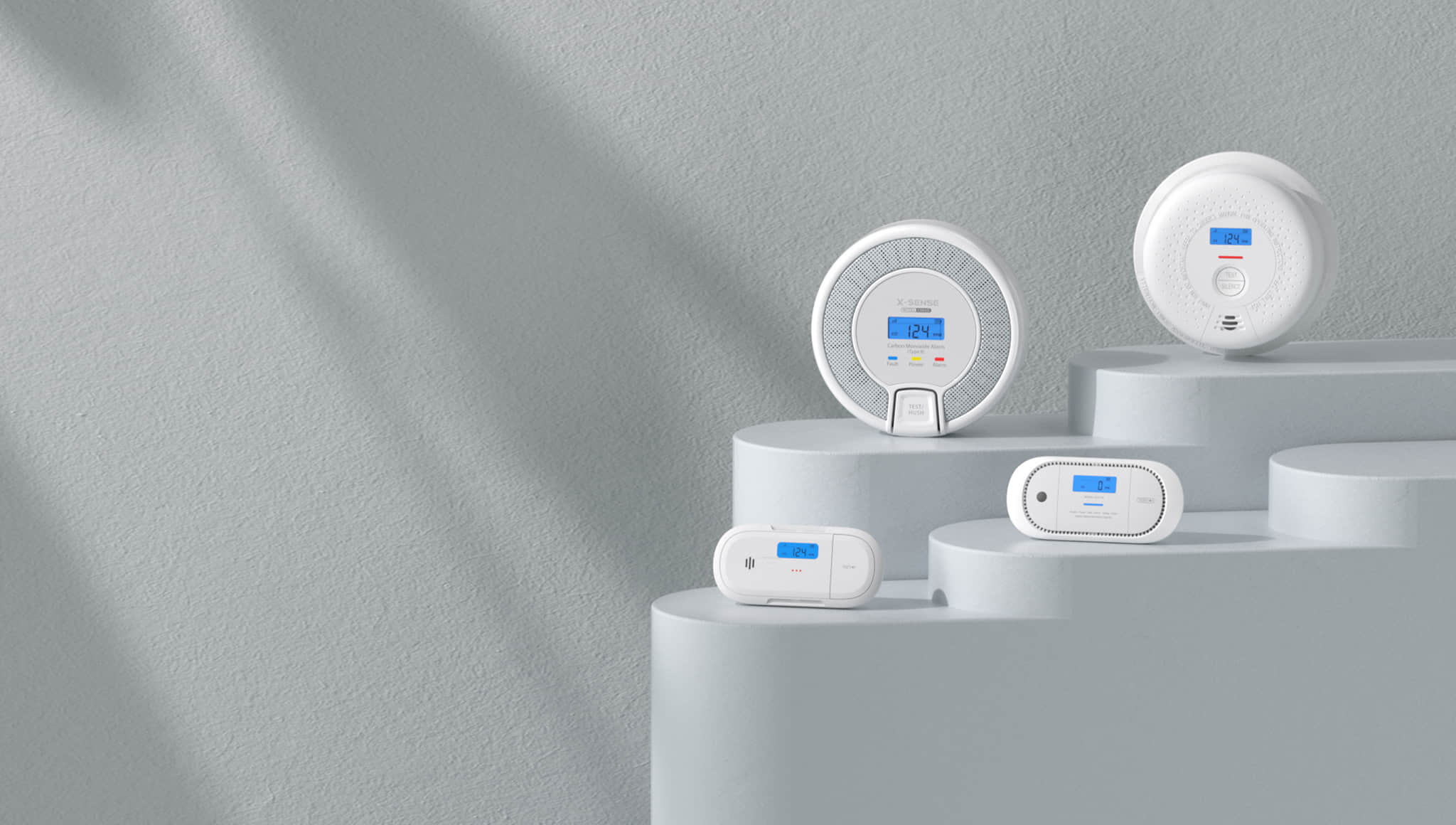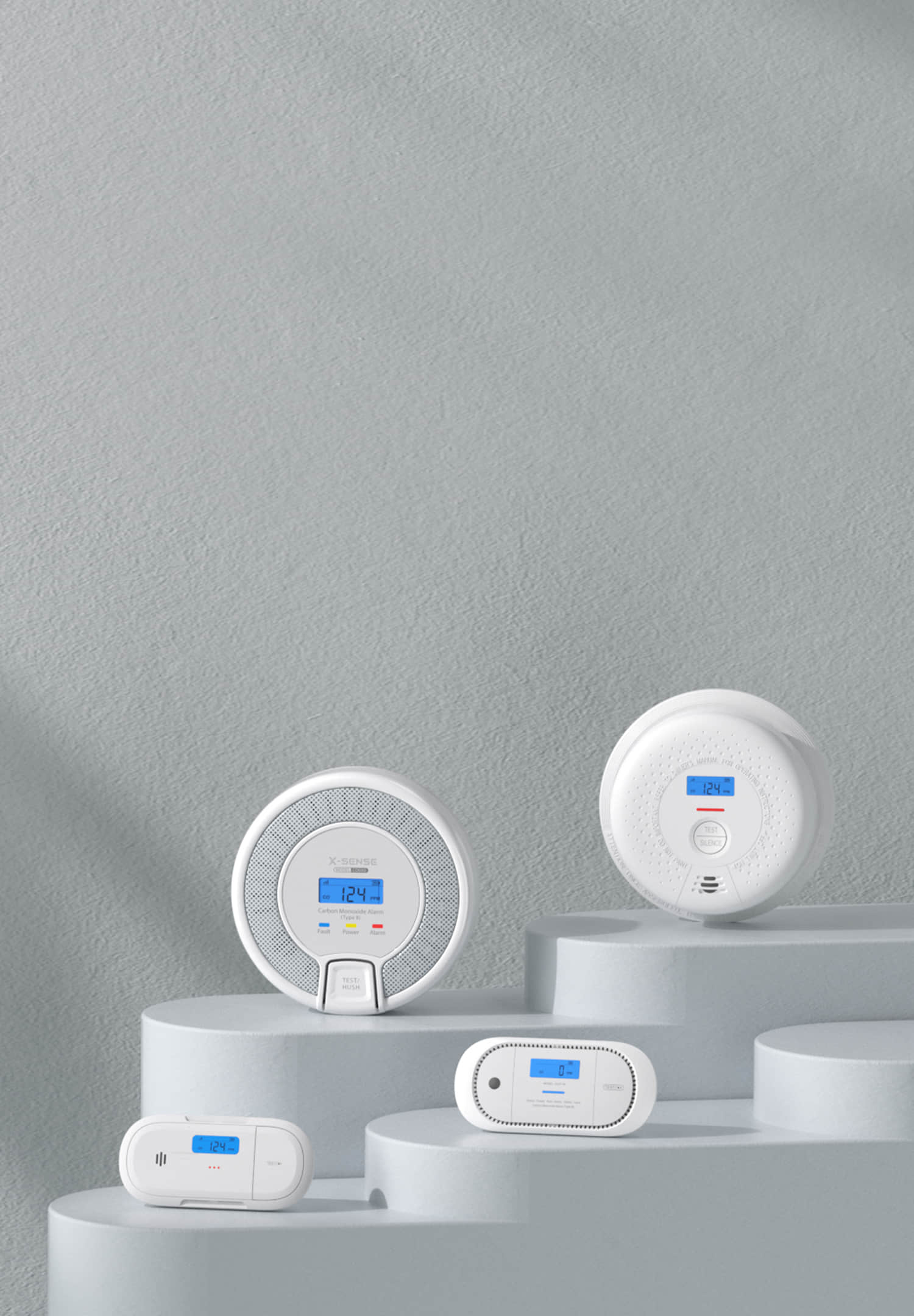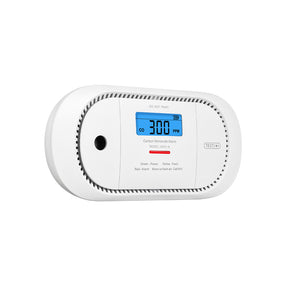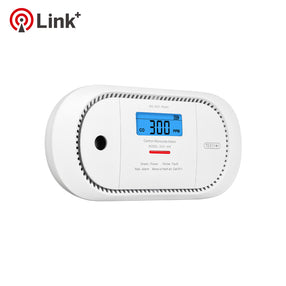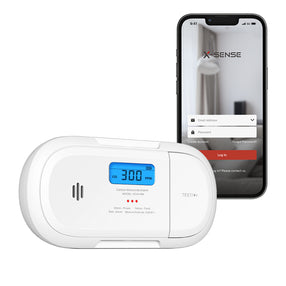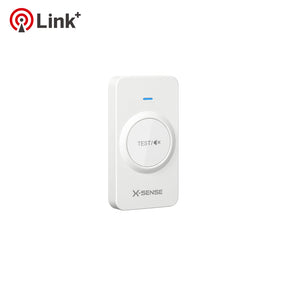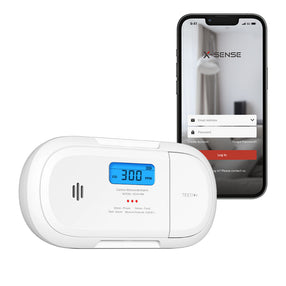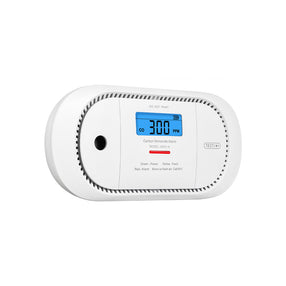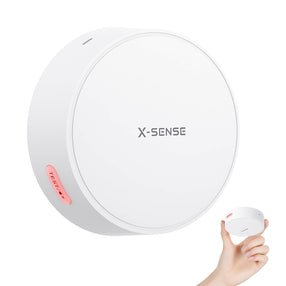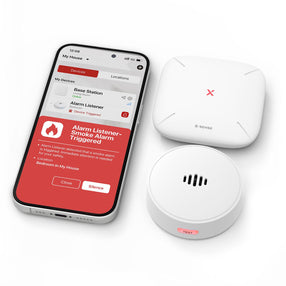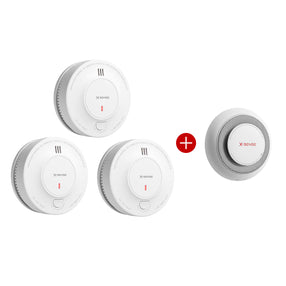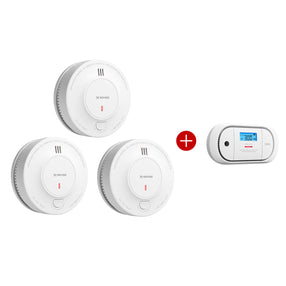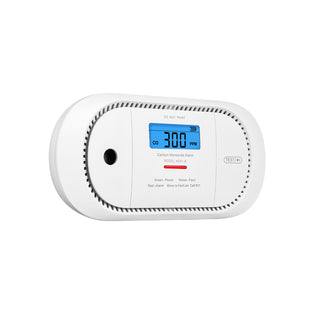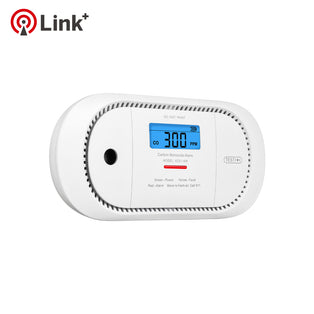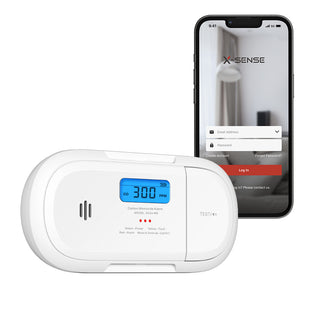Compare Similar Products
| Wireless Connection | × | RF interconnection (24 X-Sense Link⁺ wireless alarms) | × |
| Link⁺ Series | × | √ | × |
| Battery Type | CR123A or CR2/3A (replaceable battery) | Replaceable 3 V CR123A lithium battery | CR123A (replaceable battery) |
| Battery Lifetime | 5 years | 5 years | 1 year |
| Safety Standards | UL 2034, EN 50291 | UL 2034, EN 50291 | UL 2034, EN 50291 |
| Product Dimensions | 5.3 × 2.5 × 0.9 in (135 × 63 × 24 mm) | 5.3 × 2.5 × 0.9 in (135 × 63 × 24 mm) | 5.3 × 2.5 × 0.9 in (135 × 63 × 24 mm) |
| Product Weight | 0.19 lb (88 g) | 0.20 lb (92 g) | 0.19 lb (88 g) |
FAQs
What is carbon monoxide?
- Carbon Monoxide (CO) is an invisible, odorless gas, and is a common by-product of incomplete combustion. Carbon monoxide is produced when fossil fuels (such as wood, coal, charcoal, gasoline, kerosene, natural gas, and oil) do not burn completely or are exposed to heat. Carbon monoxide can be extremely dangerous, as CO robs your blood of oxygen. When you inhale carbon monoxide, it bonds with the hemoglobin in your blood, displacing life-giving oxygen. This produces a toxic compound in your blood called "Carboxyhemoglobin" (COHb), which is the source of carbon monoxide poisoning.
What are the symptoms of CO poisoning?
- The most common symptoms of CO poisoning include headaches, dizziness, weakness, an upset stomach, vomiting, chest pain, and confusion. CO symptoms are often described as “flu-like.” If you breathe in a lot of CO, it can make you pass out, and can even kill you. People who are sleeping or drunk can die from CO poisoning before they show any symptoms.
Where should I install my carbon monoxide alarms?
At a minimum, one CO alarm should be installed on each level of your home—ideally on any level with fuel-burning appliances and outside of sleeping areas. The recommended placement for a CO alarm is:
- In every room that contains a fuel-burning appliance
- At least 11.8 in (300 mm) from any wall (for ceiling-mounted alarms)
- At least 5.9 in (150 mm) from the ceiling level and 150 mm above doorframes (for wall-mounted alarms)
- At least 5 ft (1.5 m) away from any potential source of CO

What areas should I avoid installation of a carbon monoxide alarm?
- Improper location can affect the sensitive electronic components in this alarm. To avoid causing damage to the unit, to provide optimum performance, and to prevent unnecessary nuisance alarms, do not locate CO alarms in the following areas:
- In garages or in any extremely dusty, dirty or greasy areas.
- Where there is the possibility of smoke or fumes under normal operating circumstances.
- In poorly ventilated kitchens, garages, and furnace rooms. Keep the CO alarms at least 5 feet (1.5 m) from potential smoke or fume sources (e.g. stoves, furnaces, water heaters, space heaters) if possible.
- In areas where a 5-foot (1.5 m) distance from a potential smoke or fume source is not possible. In modular, mobile, or smaller houses, it is recommended the CO alarm be placed as far from any potential smoke or fume sources.
- Within 5 feet (1.5 m) of any cooking appliance.
- In extremely humid areas. This alarm should be at least 10 feet (3 m) from a bath or shower, sauna, humidifier, vaporizer, dishwasher, laundry room, utility room, or other sources of high humidity.
- In areas where the temperature is colder than 40°F (4.4°C) or hotter than 100°F (37.8°C). For example, non-air-conditioned crawl spaces, unfinished attics, uninsulated or poorly insulated ceilings, porches, and garages.
- Where the air is turbulent, such as near ceiling fans, heat vents, air conditioner vents, fresh air return vents, or open windows. Excessive air flow may prevent any CO from reaching the sensors.
- In direct sunlight.
Will a carbon monoxide alarm detect an explosive gas leak?
- No, not unless this capability is specifically mentioned on the label. Our CO alarms are single function alarms and will react to carbon monoxide only. To detect explosive gas, you need an explosive gas alarm. Different kinds of explosive gas can be detected by alarms, and it is recommended that any home that utilizes natural or propane gas have at least one explosive gas leak alarm.
How often should I test and replace my CO alarms to make sure they are always working?
- To keep your CO alarms in good working condition, you should test them once a month. X-Sense CO alarms have a proven life of 10 years, so they should be replaced at least once every 10 years. Any CO alarm over 10 years old is unsafe and unreliable. Refer to your manufacturer instructions for specific recommendations.
Prompt
Shopping Cart
Your cart is currently empty.
Continue shopping